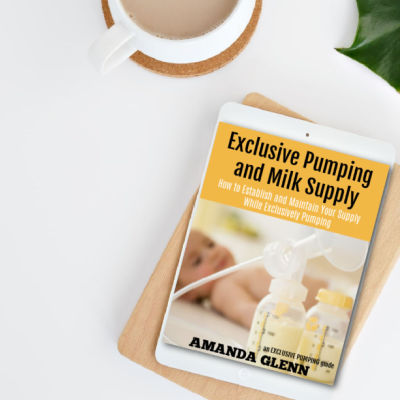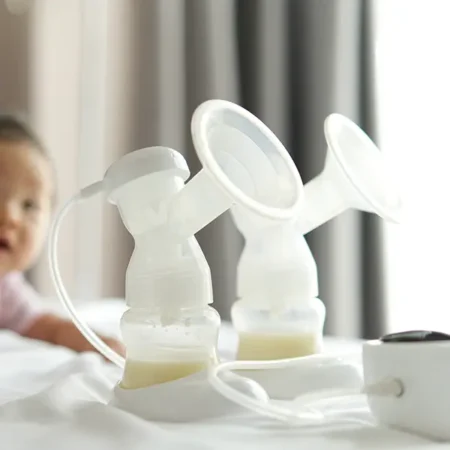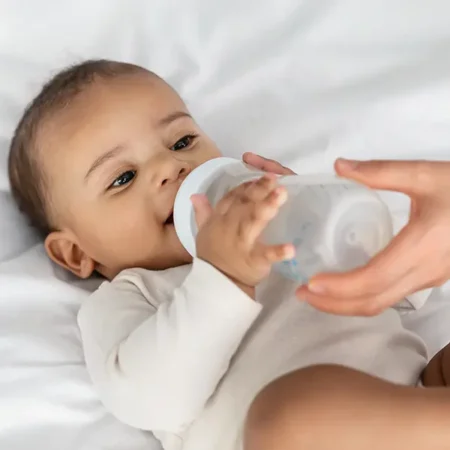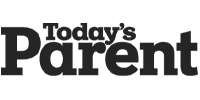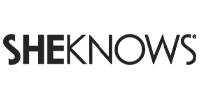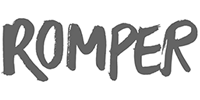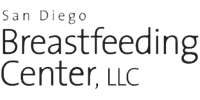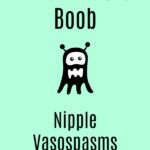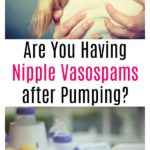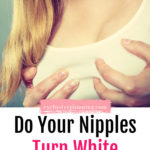If you’re experiencing burning nipple pain or sore nipples after pumping, nipple vasospasms may be the culprit. Here is everything you need to know about nipple vasospasms when exclusively pumping, including symptoms, how to treat them, and prevention.
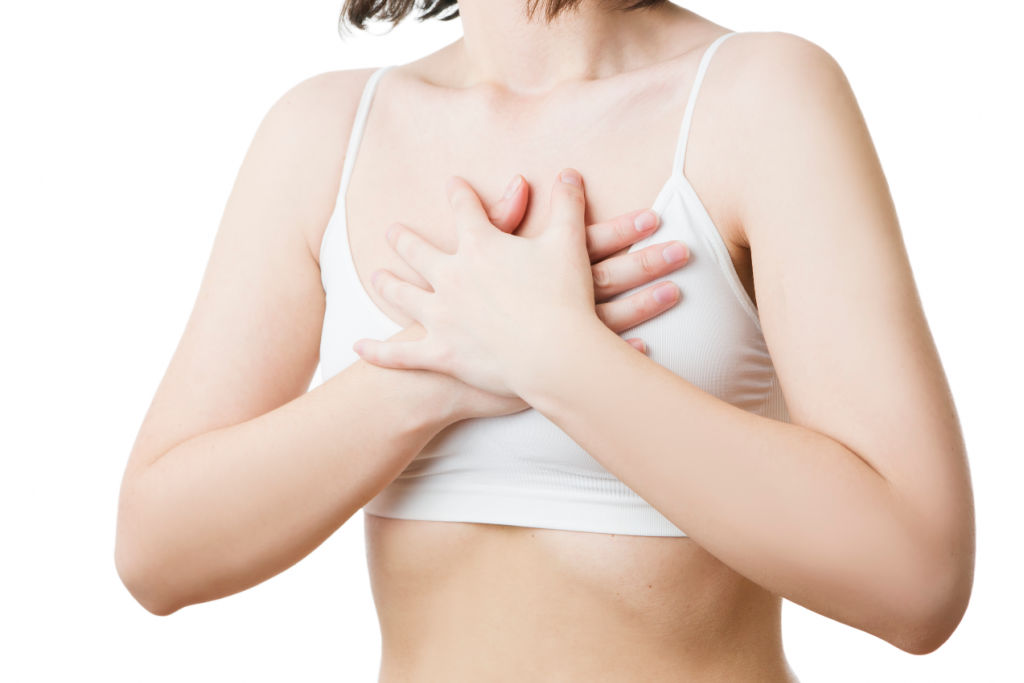
This post may contain affiliate links, which means if you click a link and purchase something, I may make a small commission at no additional cost to you. I only recommend products I love! More information here.
What are nipple vasospasms?
Nipple vasospasms (also called mammary constriction syndrome) are a sudden narrowing of the blood vessels in the nipple. This narrowing can prevent blood from getting to certain areas of the nipple, and it often happens in response to cold.
Nipple vasospasms are associated with Raynaud’s Phenomenon, and can be quite painful.
What are the symptoms?
Below are six common vasospasm symptoms:
- A burning, stabbing, itching pain in the nipples in between feedings
- Misshapen nipples
- Shooting pain deep within the breast
- Nipples changing color to white, blue, or dark red (see photo here)
- General nipple soreness
- Sensitivity to cold temperatures (to the degree that the cold causes pain)
In exclusive pumping mothers, vasospasms frequently occur after pumping sessions, when the air hits the nipple after the flanges are removed. It’s common to feel a burning pain, followed by a color change in the nipple.
How do I know my nipple pain is caused by vasospasms?
The two symptoms that are most likely to indicate vasospasms (as opposed to other issues like thrush) are the nipple color change and extreme sensitivity to cold.
If you have either of these, vasospasms are likely an issue for you.
What should I do if I think this is what is causing my nipple pain?
You need to do two things – resolve the underlying issue, and manage the pain you may be experiencing.
Treat the underlying issue
The first thing that you need to do is treat the issue that is causing the vasospams, which is usually one of two things:
1. Damaged nipples
This could be caused by a bad latch from nursing (if you sometimes nurse or have recently switched to exclusive pumping), or breast shields that don’t fit well or haven’t been positioned correctly.
Make sure that your flanges are the right size, and each time you pump, double-check to make sure that your nipple is centered.
2. Thrush
If you think you may have thrush, you should see a doctor for a diagnosis and a prescription to treat it.
OTC APNO may also be helpful. More info on thrush here.
Note that if there’s no pain associated with your vasospasms – only color changes (known as nipple blanching) – then there is no need to treat it, though it’s worth confirming that you do not have thrush and your breast shields fit correctly.
Treating pain related to nipple vasospasms
Then, you’ll need to treat the pain associated with it while your nipples heal. Some options include:
- Try to keep your nipples as warm as possible, while avoiding cold. Use warm dry compresses like a heating pad or Booby Tubes – these can both stop the vasospasm and treat the pain
- Massage olive oil very gently into your nipples
- Avoid caffeine, nicotine, and oral contraceptives that contain estrogen (you should avoid the latter anyway when breastfeeding, as this medication can affect supply)
- Take Motrin for the pain and inflammation – Motrin is compatible with breastfeeding
- Massage vigorously for about 60 seconds above your breasts and below your collarbone immediately after you unhook yourself from the pump, or when you begin to feel nipple pain
- Take a Vitamin B6 Multi-Complex – per Dr.Jack Newman, the dose of B6 should be about 100mg twice per day, and it should be taken as part of a B complex of vitamins
If none of these work, you can see your doctor. She may prescribe nifedipine for about two weeks, which can help with the pain.
Need help with exclusive pumping? Use EPUMP30 for 30% off
How can I prevent nipple vasospasms?
The most important thing that you can do to prevent vasospasms if you’re exclusively pumping is have the right size breast shields, and make sure that you position them correctly.
If you are nursing, you will want to make sure that your baby is latching well.
You’ll also want to do what you can to prevent thrush. Some ways to do this are to add a probotic (such as yogurt) to your diet, change your breast pads and nursing bras frequently, and wash your hands regularly.
Have you dealt with nipple vasospasms while exclusively pumping? Tell us your story in the comments!
References
- Bonyata, Kelly, IBCLC. “Nipple blanching and vasospasm.” https://kellymom.com/bf/concerns/mother/nipple-blanching/
- Newman, Jack, MD. “Vasospasm and Raynaud’s Phenomenon.” https://ibconline.ca/information-sheets/vasospasm/
- Pearson-Glaze, Philippa. “Nipple Vasospasm and Breastfeeding” https://breastfeeding.support/nipple-vasospasm-breastfeeding/

